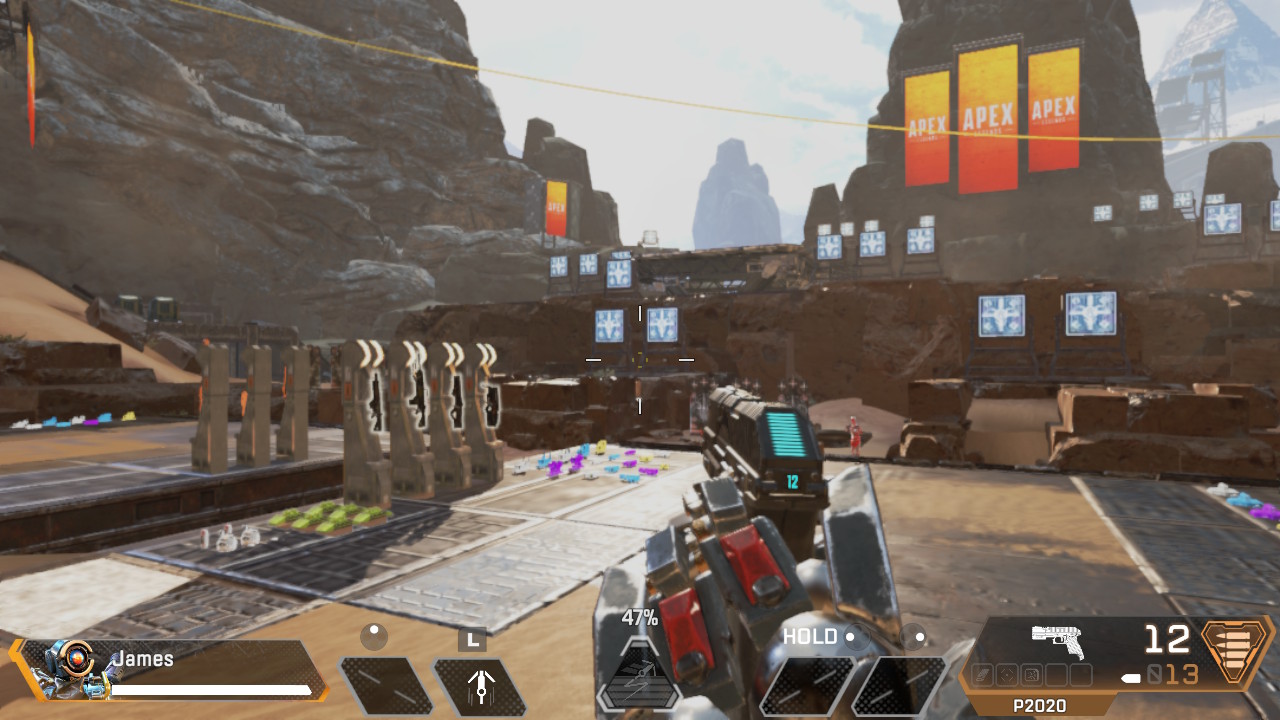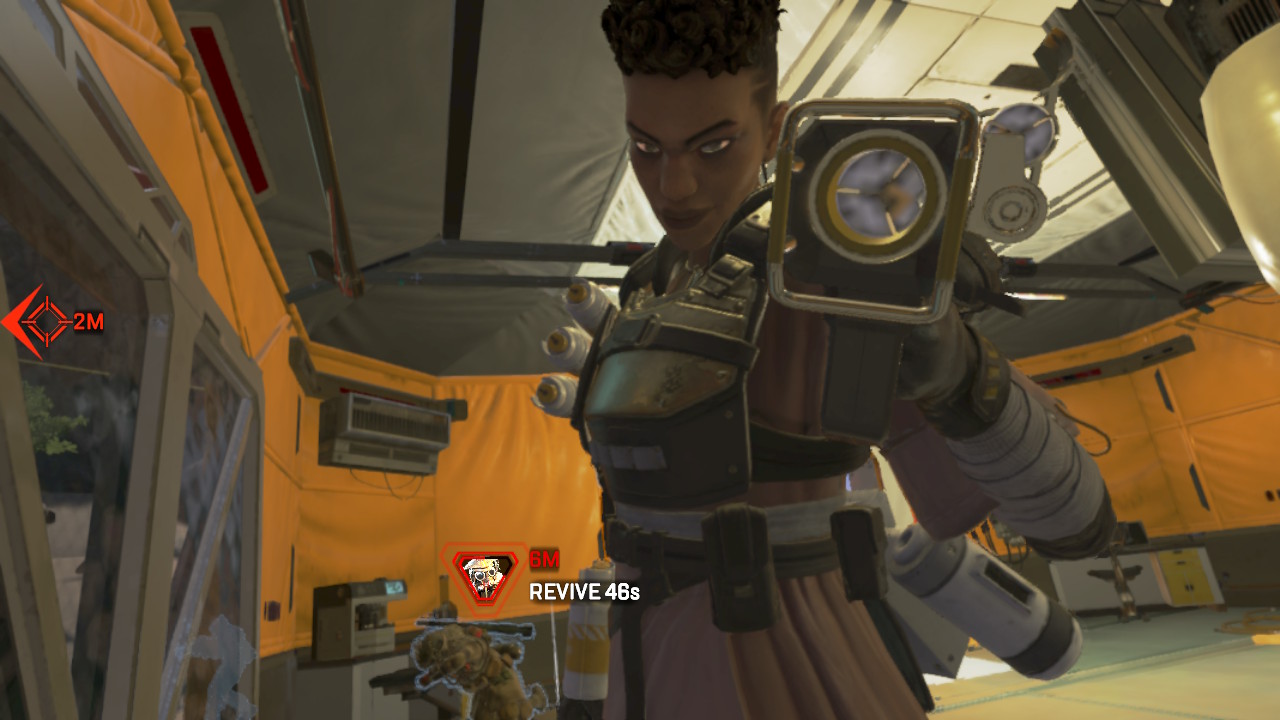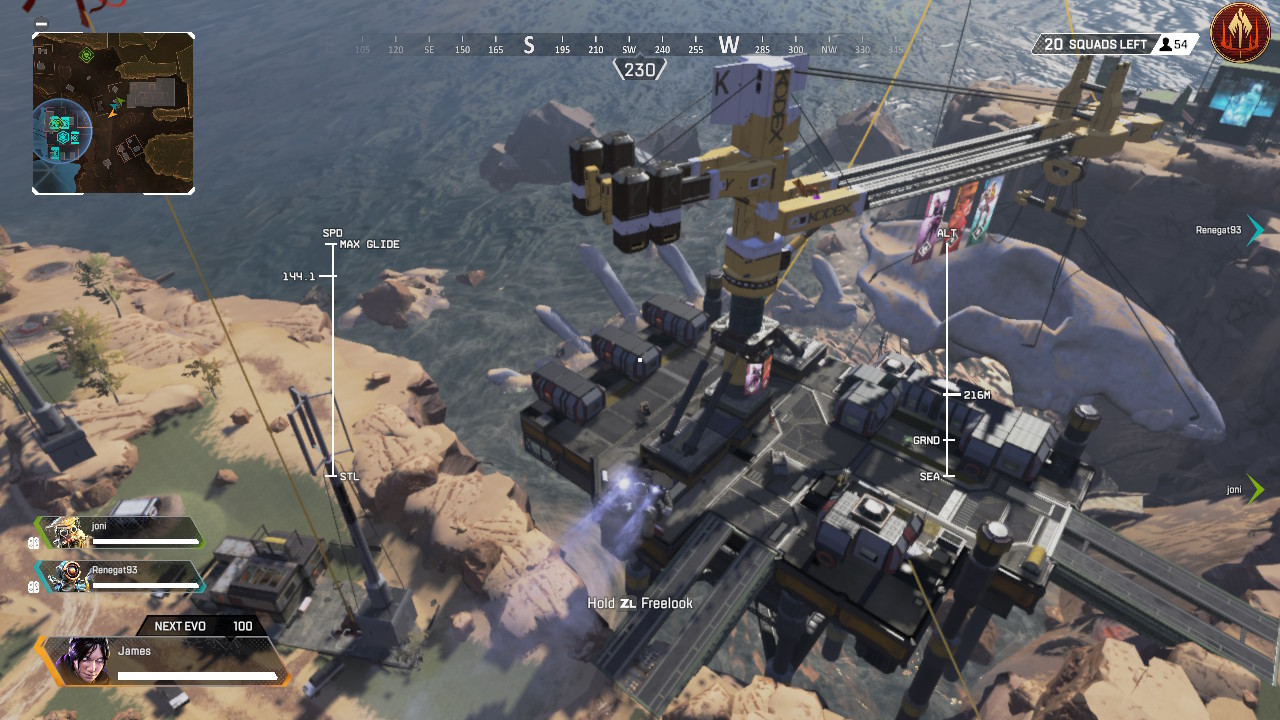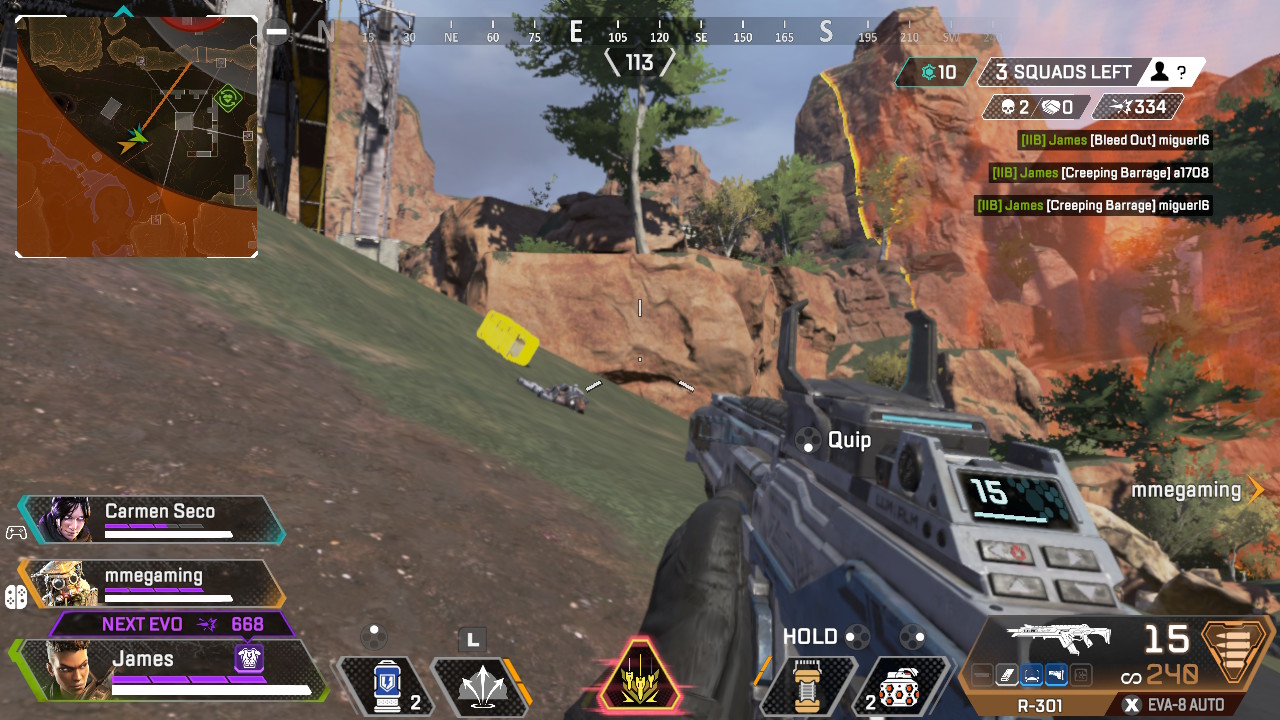How does Apex Legends run on Nintendo Switch?
Apex Legends has arrived on the Nintendo Switch, and we've tested it. Here's how it runs in docked and handheld modes

Apex Legends is out now on the Nintendo Switch, and gameplay-wise it’s pretty much a straight port of the PS5, Xbox Series X and PC versions. However, anyone who’s played this frenetic battle royale will know the software is making a very big ask of the Switch’s relatively modest hardware. So how well does Apex Legends run on the Switch?
In a way, it is an impressive technical achievement, just as it was when Doom or Apex’s battle royale rival, Fortnite, made their way onto the Switch. But at the same time, the graphical compromises required might just make you wonder if they were worth it.
- The best Nintendo Switch games to play
- Everything we know about the Nintendo Switch Pro so far
- Plus: This AMD-powered console is here to fight Nintendo Switch
First off, the facts: Apex Legends runs at 720p with the Nintendo Switch in docked mode, and 576p in handheld mode. Those are both identical to what Doom managed in those two respective modes. The frame rate targets 30 frames per second in both modes.
This obviously doesn’t sound great if you’re used to the 60 fps cap and much higher resolutions on the other console versions. Even so, Apex Legends runs rather decently on the Switch, even in handheld mode.

Unsurprisingly, there are deep cuts to quality for textures, shadows and particle effects. Even so, Apex Legends doesn’t feel as flat as a mobile game. Polished metal guns gleam in your hands, reacting convincingly to lighting changes, and the initial dropship ride over King’s Canyon shows off a commendable draw distance.
The Switch doesn’t play nice with fps counters, but eyeballing it, I’d say it sticks to 30 fps most of the time. There are moments when the frame rate dips, though. The initial airdrop definitely feels more jittery than being on the ground, presumably because while you're in the air, you have an entire map on your screen. One area in particular, a popular landing zone and loot spot overlooking a vast cliff, seemed to tax the Switch more than other locales.

Crucially, though, simply getting into fights and using your character’s special abilities doesn’t tank the frame rate beyond playable levels. I was particularly worried about one such ability: a carpet bomb barrage that fills the screen with detonations and lingering smoke. But, after I popped it during an ambush, the game still ran well enough that I could confidently sprint into my own explosions.
The performance is consistent in both handheld and docked modes. The extra power of the Switch dock goes towards the higher resolution, rather than frames per second.
In terms of smoothness, Apex Legends on Nintendo Switch gets a tentative pass, even if its frame rate isn’t a rock-solid 30 fps. That’s why it’s all the more unfortunate that low resolutions make the game harder to enjoy.

576p might be fine for shooters where you encounter most enemies within chainsawing range. But in a sprawling battle royale, the blurriness and general lack of detail is a hindrance. It’s much harder to track a foe when they seemingly merge into the bushes as they walk past, and it’s practically impossible to spot anyone more than a few dozen meters away. In other versions of Apex Legends, noticing a distant enemy team’s movement can help you adopt potentially game-winning positions, and it feels like that dimension is lost on the Switch.

And yes, that goes for docked mode as well. 720p is higher on paper, but it’s still far short of delivering the detail a game like Apex needs. Another issue is that it’s harder to make out the silhouettes of the different character classes, so you might not even know which ones you’re fighting. This, in turn, strips away part of the tactical element that made the game so good in the first place: using equipment, movement and your own abilities to nullify the unique powers of your opponents.
It’s also a lot easier to notice the jagged edges and blurred textures when they’re up on a 55-inch TV, rather than the Switch’s 6-inch screen. In that sense, the docked experience can feel worse.
Again, the game is still full-fat, nothing-removed Apex Legends, so Switch owners without an alternative console (or PC) should consider trying it out. It is, after all, free to play. But it also represents a vast visual downgrade. The measures taken to avoid a frame rate drop are often bigger problems than the frame rate itself.
Sign up to get the BEST of Tom's Guide direct to your inbox.
Get instant access to breaking news, the hottest reviews, great deals and helpful tips.
James is currently Hardware Editor at Rock Paper Shotgun, but before that was Audio Editor at Tom’s Guide, where he covered headphones, speakers, soundbars and anything else that intentionally makes noise. A PC enthusiast, he also wrote computing and gaming news for TG, usually relating to how hard it is to find graphics card stock.

